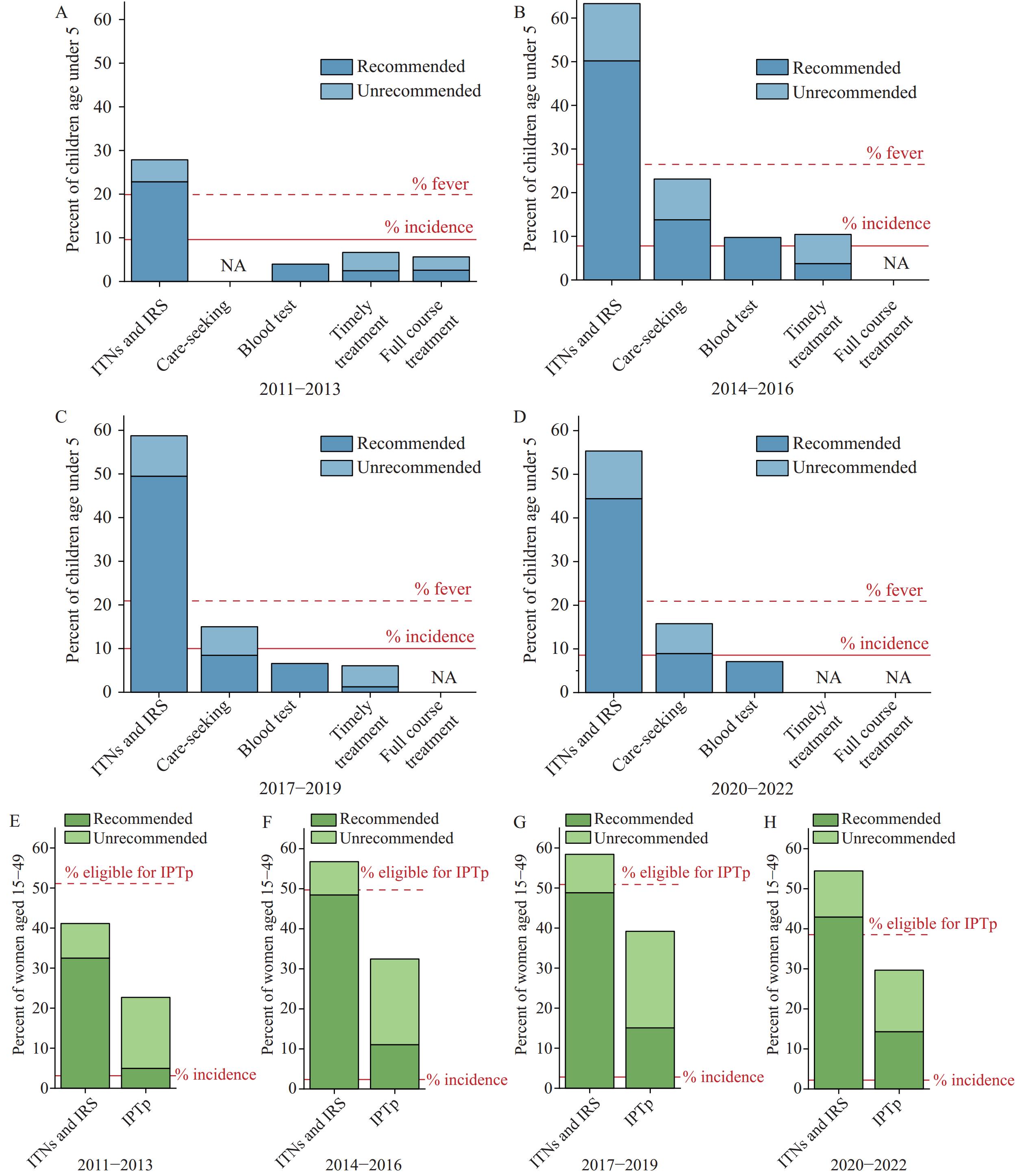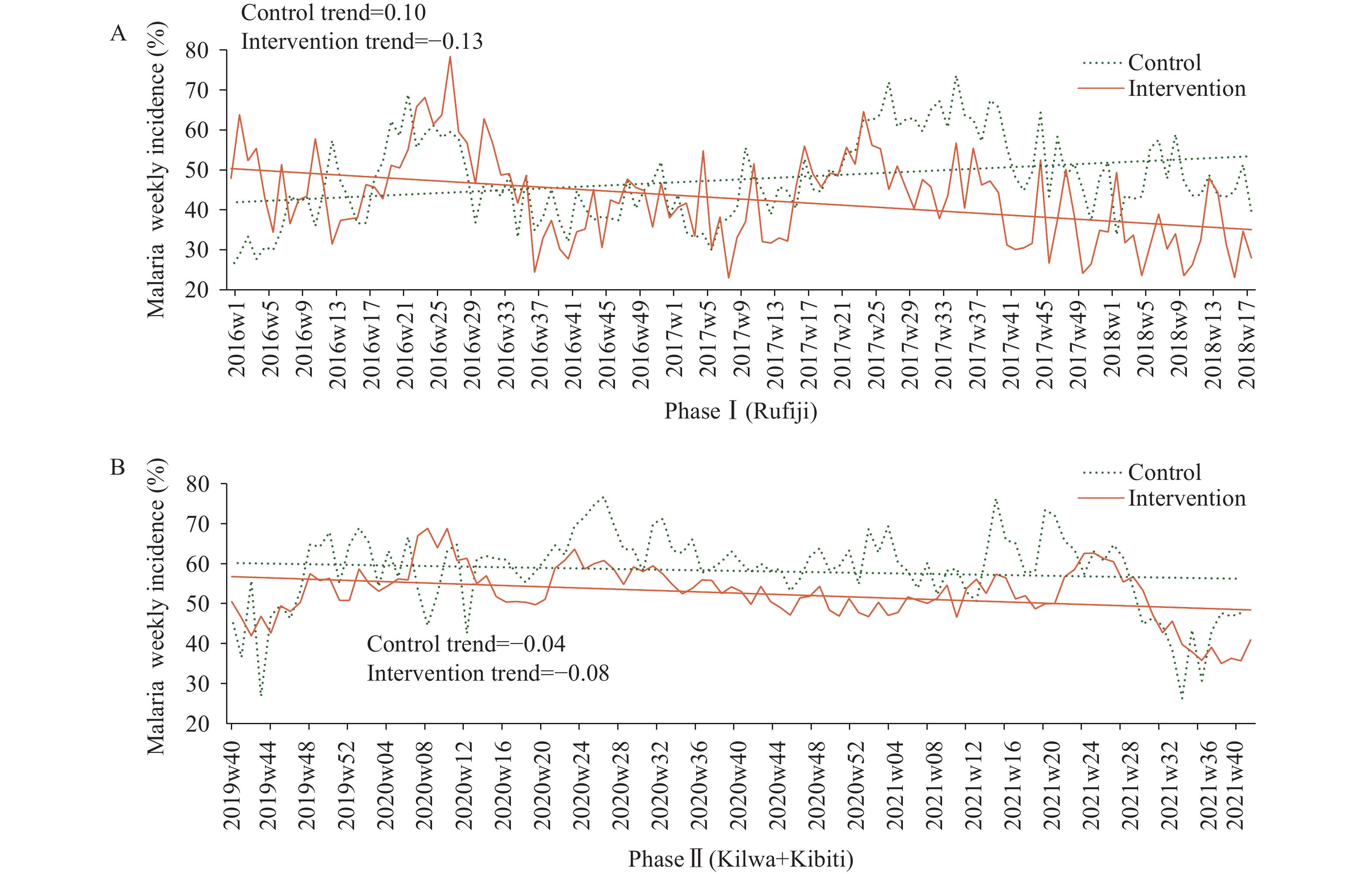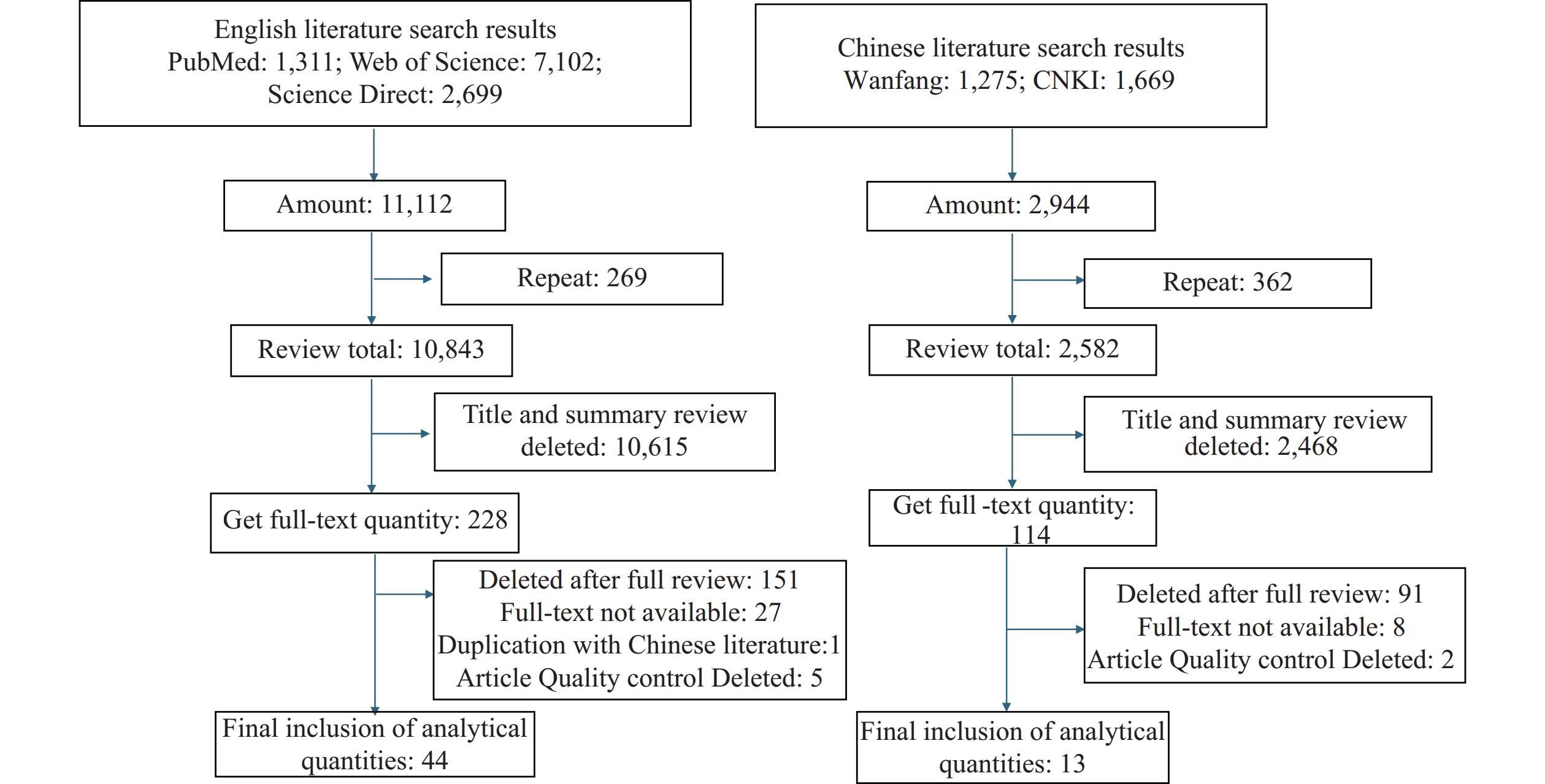2025 Vol. 7, No. 18
On World Malaria Day 2025 under the banner “Malaria Ends with Us”, China’s experience offers timely lessons for global malaria elimination. Certified malaria-free in 2021, China achieved this milestone through decades of reinvestment, local innovation, and strong political will. This commentary highlights key strategies: reinvestment after resurgence in the Huai River Basin, adaptive local leadership in Hainan, and cross-border collaboration in Yunnan. China’s integrated approach — combining ecological vector control, community engagement, and sustained surveillance — shows that ending malaria requires more than technology. It demands long-term commitment, innovation, and collective action.
To analyze the epidemiological characteristics of imported malaria in China from 2019 to 2023 and to explore risk factors for severe malaria cases, thereby providing a theoretical basis for early clinical identification and intervention of severe malaria.
National malaria case data were retrospectively collected from 2019 to 2023 through the Chinese Center for Disease Control and Prevention Parasitic Disease Prevention and Control Information System. Study subjects were divided into severe and non-severe malaria cases, and the characteristics of both groups were analyzed. Multivariate logistic regression analysis was used to explore risk factors for developing severe malaria.
From 2019 to 2023, a total of 7,892 imported malaria cases were reported nationwide, including 673 severe cases and 7,219 non-severe cases. There were 7,353 (93.2%) male and 539 (6.8%) female patients. Compared to non-severe malaria patients, severe malaria patients were older (43.9±10.4 years), predominantly originated from Africa (643,95.5%), had a higher frequency of recent overseas residence within the past month (609,90.5%), were typically infected with P. falciparum (527,78.3%), and had a higher mortality rate (47,7.0%). Severe cases had longer median time intervals from symptom onset to medical visit (4 days), from visit to diagnosis (2 days), and from diagnosis to treatment (2 days), and a longer median medication time (7 days), all P<0.05.
This study identified risk factors for severe malaria and recommends focusing on monitoring patients’ age, infection source, Plasmodium species, time from onset to hospital visit, and recent history of foreign residence. These findings provide a valuable reference for effectively managing malaria cases and reducing the incidence of severe malaria in the future.
Remote sensing information provides indirect insights into infectious disease dynamics. Public health practice has significantly benefited from the increasing availability and accessibility of remote sensing data.
This study explores the relationship between meteorological and environmental factors and malaria vector abundance using remote sensing technology, establishing predictive models for Anopheles sinensis population dynamics.
Identifying reliable predictors of malaria vector abundance enables policymakers to allocate resources more efficiently to regions at high risk of malaria transmission. In areas where an abnormal increase in malaria vector populations is predicted, proactive measures can be implemented, including environmental management, enhancement of local malaria diagnostic capabilities, and strengthening of targeted public health education campaigns.
Echinococcosis is a parasitic zoonosis caused by the larval stage of cestode species belonging to the genus Echinococcus, which is highly prevalent in northwestern China. Echinococcus spp. includes numerous species/genotypes that have different infectivity and parasitism patterns in livestock hosts, potentially affecting the transmission dynamics of the parasite.
In four PLADs of China, the prevalence of Echinococcus was 16.5% in yaks and 9.41% in sheep. The predominant species/genotype was E. granulosus s.s. (G1/G3), which mainly infected sheep liver and yak lung. However, fertile cysts were more frequent in sheep than in yaks.
Understanding the livestock infection rate, prevalent species/genotypes, and cyst fertility is essential for elucidating the mechanisms of Echinococcus transmission and pathogenesis. This knowledge lays the foundation for developing accurate prevention and control strategies.
Approximately 70% of funding for malaria prevention and control (P&C) in Sub-Saharan Africa comes from global assistance, yet progress has stagnated over the past decade.
We constructed a cascade of malaria P&C services and analyzed its coverage and quality across 26 African countries from 2011–2022. Panel analysis was conducted to examine the effectiveness of four major donors [the United States of America (USA), the United Kingdom (UK), the Global Fund to Fight AIDS, Tuberculosis and Malaria (GF), and United Nations International Children’s Emergency Fund (UNICEF)], which account for 90% of global funding, in implementing the cascade.
Recommended practice coverage doubled during 2011–2016 but decreased by 10% by 2022. Unrecommended practices followed the same pattern. Total funding from 2011–2020 reached 7.15 billion USA Dollar (USD), with the USA and GF steadily contributing 94.65%, while the UK and UNICEF demonstrated notable funding reductions. Overall, the funding showed limited correlation with the cascade coverage and quality, promoting directly only the upstream measures.
Our findings highlight four key challenges: retrogression of cascade coverage since the late 2010s, persistent gaps between recommended and unrecommended practices, funding constraints, and limited direct effects of donor funding. Strengthening health system capacity at the farthest end of the cascade may provide a solution to this dilemma.
Surveys from the China-Tanzania Malaria Control Project demonstrated that the 1,7-malaria Reactive Community-Based Testing and Response (1,7-mRCTR) approach significantly reduced malaria incidence rates. However, implementation was disrupted by security concerns, infectious disease outbreaks, and supply shortages. This study evaluates how these interruptions affected intervention effectiveness to inform future malaria control strategies.
The study employed a two-phased design: Phase I (2016–2018) and Phase II (2019–2021). Weekly malaria incidence rates per 100 people were calculated from cases reported by local health facilities in the intervention areas during both phases. Seasonal and trend decomposition using loess (STL) and interrupted time series modeling with piecewise linear regression were used to evaluate the impact of disruptions on 1,7-mRCTR implementation effectiveness.
In Tanzania’s 1,7-mRCTR areas, malaria incidence peaked during November-December and June-July. Phase I’s 8-month interruption reversed the weekly trend from a 0.17% decline to a 0.58% increase (P=0.001). After resumption, incidence dropped 8.96% (P=0.039) and maintained a 0.39% long-term decline (P=0.003). Even with seasonal adjustment, the interruption slowed the weekly decline from 0.08% to 0.07% (P=0.003). Phase II showed a similar pattern: a one-week interruption caused a 0.70% drop (P=0.007) but shifted the trend from a 0.02% decline to a 0.08% increase (P=0.001). After resumption, interventions stabilized the decline at 0.11% weekly (P=0.001).
This research demonstrates that Tanzania’s malaria incidence is closely linked to seasonal patterns and consistent intervention efforts. Phase I’s 8-month security-related interruption reduced 1,7-mRCTR effectiveness by 12.5%, while Phase II’s 3-month pandemic-induced interruption caused only short-term fluctuations with minimal long-term impact. Rapid resumption of interventions after disruptions allowed for prompt recovery, highlighting the importance of adaptive strategies to maintain progress toward malaria control goals.
Malaria remains a major global health challenge. Understanding the research progress of the potential innovative tools is important for malaria elimination. This scoping review aims to explore China’s research and development (R&D) advances from 2013–2023 in addressing the current challenges and contributing to global malaria elimination. Using the Preferred Reporting Items for Systematic Reviews and Meta-Analyses extension for Scoping Reviews (PRISMA-ScR), this review searched the English and Simplified Chinese data sources from five databases. A total of 11,112 English articles and 2,944 Chinese articles were retrieved. After screening, 44 English and 13 Chinese articles were included. Key advancements were identified in three domains: vector control, pathogen screening and diagnosis, and prevention and treatment. Innovations in vector control include studies such as the use of Serratia strains and symbiont-mediated RNAi approaches to block malaria transmission. Advances in pathogen screening and diagnosis feature biosensor development, AI monitoring technologies, and novel amplification gene and nucleic acid detection technologies. In prevention and treatment, artemisinin-based combination therapies (ACTs) remain a cornerstone, with additional progress in industrial pharmaceuticals and technologies already in field and semi-field-testing stages. This review underscores the importance of leveraging China’s R&D capacity to meet global challenges. To maximize impact, we call for global attention to strengthening international collaboration with China in malaria R&D to accelerate the commercialization, regulatory approval, and large-scale deployment of innovations.



 Subscribe for E-mail Alerts
Subscribe for E-mail Alerts CCDC Weekly RSS Feed
CCDC Weekly RSS Feed




